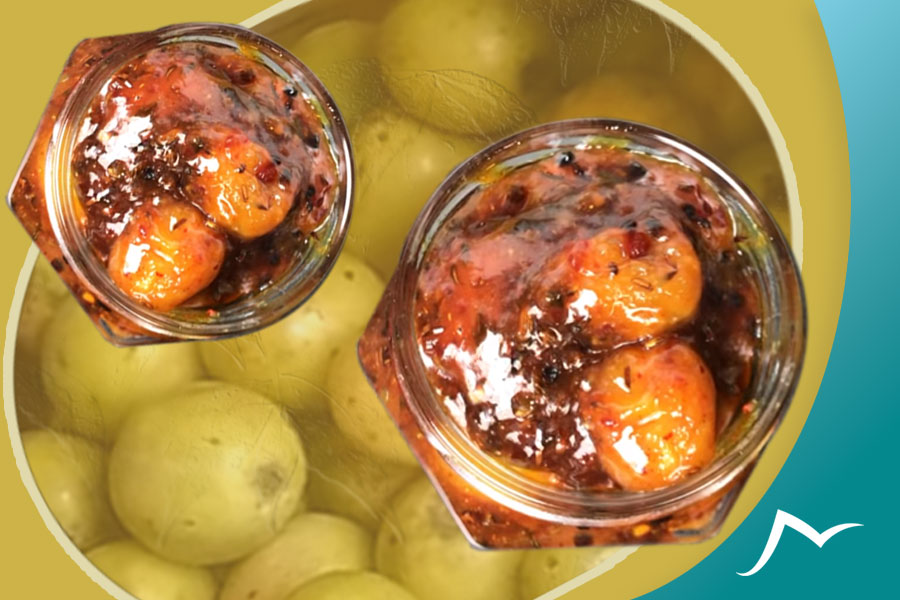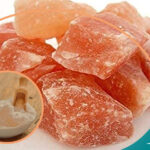Have you ever tried Lapiko Achhar, the special pickle made from Nepali Hog Plum? If you have, you surely still remember its unique flavor. Nepali Hog Plum is a distinctive ingredient in Nepalese cuisine, and it’s worth exploring more about it.
The Nepali Hog Plum, also known as Lapsi Fruit, is native to the foothills of the Himalayas and is known for its unique taste and nutritional benefits.
The Lapsi Fruit has been a part of Nepali culture for centuries, with references to it in ancient scriptures and literature. It has been used in traditional medicine and various religious and cultural rituals.
In modern times, the Lapsi Fruit has gained popularity beyond Nepal’s borders, increasing demand for it in international markets. Despite this, the fruit remains integral to Nepali cuisine and culture.
In this blog, we will delve into the world of the Nepali Hog Plum and explore its history, cultivation, culinary uses, health benefits, and cultural significance. We will also share delicious Lapsi (Nepali Hog Plum) Pickle recipes.
Characteristics of Lapsi Fruit
Nepali Hog Plum (Lapsi Fruit) is a tropical fruit native to Nepal. It is known for its unique flavor and is a popular ingredient in traditional Nepali cuisine.
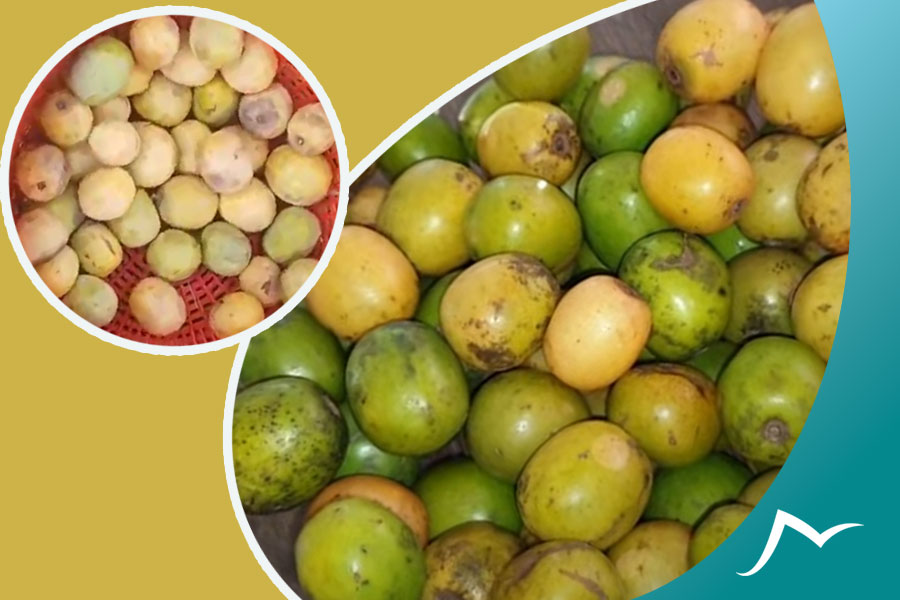
Lapsi Fruit is a small, oval-shaped fruit typically 2-3 cm long and 1-2 cm in diameter. The fruit is green when unripe and turns yellow or orange when ripe. It has thin, edible skin and a hard, fibrous pit in the center. Lapsi Fruit is known for its tangy, sour taste and is often compared to tamarind or green mango.
Nutritionally, Lapsi Fruit is a good source of vitamin C, potassium, and fiber. It is also rich in antioxidants, which help to protect the body from free radicals and prevent cell damage. The fruit is believed to have several health benefits, including aiding digestion, boosting immunity, and reducing inflammation.
In Nepali cuisine, Lapsi Fruit is a versatile ingredient and is used in a variety of dishes. It is often used to make pickles, chutneys, and sauces and added to curries, soups, and stews. The tangy flavor of Lapsi Fruit pairs well with spicy and savory flavors and adds a unique twist to traditional Nepali dishes.
Cultivation of Lapsi Fruit in Nepal
Lapsi fruit is a significant part of Nepali agriculture and requires a specific climate and soil type to grow properly. The fruit is typically grown in the low to mid-hills of Nepal, where the temperature is moderate, and rainfall is abundant. Lapsi trees grow well in well-draining soils rich in organic matter, and proper soil management is crucial for healthy growth and good fruit production.
Propagation of Lapsi Fruit is usually done through seed germination, and seedlings should be transplanted to their permanent location after one year.
Harvesting and Processing of Lapsi Fruit
Lapsi fruit is typically harvested in June and July when it is ripe and ready to be picked. Once harvested, the fruit is processed through various methods for consumption and preservation. It can be sun-dried or cooked in sugar syrup to make candy, also known as lapsi ko mithai. The fruit is also used to make a traditional pickle called “lapsi ko achaar.” Proper harvesting and processing techniques ensure the availability of this unique fruit to Nepali consumers and international markets.
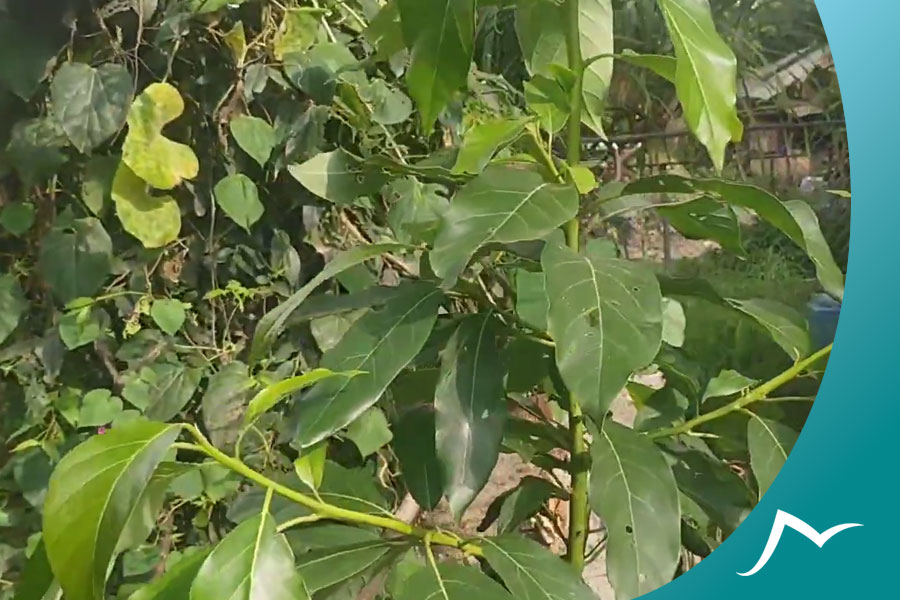
Health Benefits of Lapsi Fruit
Lapsi Fruit, also known as Nepali Hog Plum, is a popular ingredient in Nepali cuisine and offers a wide range of health benefits. One of the main benefits of Lapsi Fruit is its antioxidant properties, which can help to protect the body against damage caused by free radicals. In addition, Lapsi Fruit has anti-inflammatory properties, which can help to reduce inflammation and promote overall health.
Research has also shown that Lapsi Fruit may have potential in cancer prevention. Studies have suggested that the fruit contains compounds that have anti-cancer properties and can help inhibit cancer cell growth. While more research is needed in this area, the potential benefits of Lapsi Fruit in cancer prevention are promising. You may read this article for more health benefits of Lapsi, Nepali Hog Plum.
Apart from its health benefits, Lapsi Fruit is also delicious and versatile. It can be eaten raw, cooked, or dried and used in various dishes, from chutneys and pickles to curries and desserts. Its sweet and sour flavor adds a unique touch to any dish.
Cultural Significance of Lapsi Fruit in Nepal
Lapsi Fruit, Nepali Hog Plum, holds great cultural significance in Nepal. It is not just a fruit but an integral part of Nepali cuisine and traditional medicine. Lapsi is a popular ingredient in Nepali dishes such as Achar (pickle), Lapsi ko Guthi (sweet dish), and Lapsi ko Paun (Candy). It is also used to make Lapsi juice, a refreshing summer drink in Nepal.
Besides its culinary uses, Lapsi Fruit is also used in traditional medicine to treat various ailments. It is believed to have antioxidant and anti-inflammatory properties that can help boost the immune system and improve overall health. Lapsi Fruit has also shown potential in cancer prevention in recent years, making it an important fruit in medical research.
In Nepal, Lapsi Fruit is associated with various festivals and celebrations. During the Nepali New Year (Bisket Jatra), Lapsi Achar is an essential item on the menu. Similarly, during the festival of Teej, women prepare Lapsi Guthi as an offering to the deity. In the Newari community, the Lapsi pickle is an essential item at the end of a Bhoj (feast) to aid digestion.
Lapsi Fruit in Modern Times
Lapsi Fruit has gained significant commercial value in modern times due to its unique taste and health benefits. The fruit is used in various products such as jams, pickles, and juice and has been gaining popularity in international markets. However, despite the growing demand, there are various challenges facing Lapsi Fruit cultivation and trade in Nepal. One of the biggest challenges is the lack of proper infrastructure and technology, which leads to low productivity and quality. Additionally, the high cost of production and transportation makes it difficult for Nepali farmers to compete in the global market.
Efforts are being made to address these challenges and promote the growth of the Lapsi Fruit trade in Nepal. The government has provided subsidies and technical support to farmers to improve their productivity and quality. Private companies have also entered the market, providing farmers with better technology and market access. Furthermore, promoting eco-tourism and agro-tourism has also created new opportunities for the Lapsi Fruit trade.
Despite the challenges, Lapsi Fruit remains Nepal’s important cultural and economic resource. Its unique taste and health benefits have captured the world’s attention, and there is potential for further growth in the global market. With proper investment and support, Lapsi Fruit can continue to thrive and contribute to the prosperity of Nepal’s agriculture and economy.
Lapsi Pickle Recipe
Lapsi pickle is a popular condiment in Nepal enjoyed with various dishes. Here is a simple recipe to make your delicious Lapsi pickle at home.
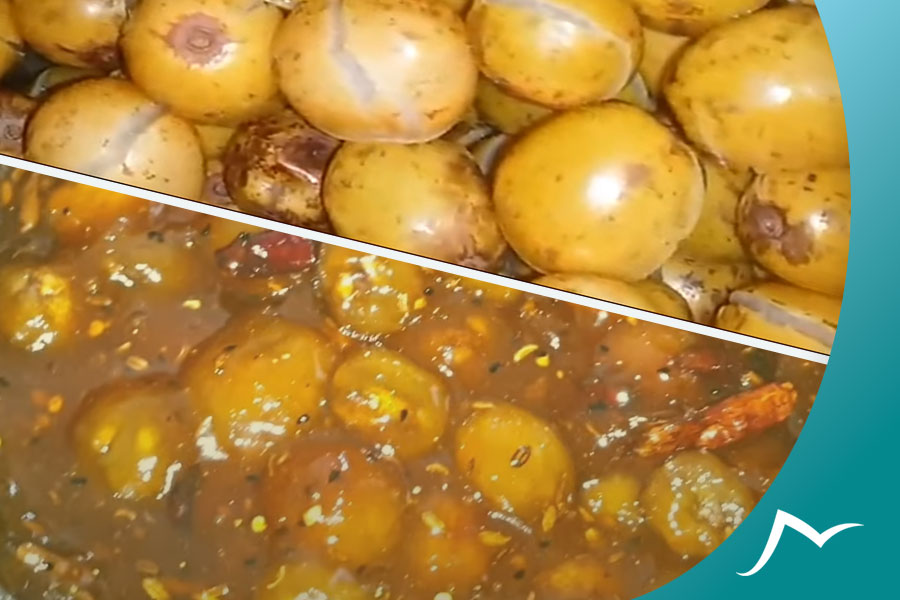
Ingredients
- 1 kg of Lapsi fruit
- 100 g of ginger
- 100 g of garlic
- 50 g of red chili powder
- 50 g of turmeric powder
- 50 g of cumin powder
- 50 g of coriander powder
- 50 g of salt
- 250 ml of mustard oil
Instructions
- Rinse and clean the Lapsi fruit. Cut them into small pieces and remove the seeds.
- Peel and chop the ginger and garlic.
- In a pan, heat the mustard oil until it starts smoking. Please turn off the heat and let it cool.
- Add the ginger and garlic to the cooled oil and stir well.
- Mix the Lapsi fruit pieces in a separate bowl with all the spices and salt.
- Add the ginger-garlic oil to the mixture and stir until everything is well combined.
- Transfer the mixture to a glass jar and cover it tightly.
- Keep the jar in a cool and dry place for at least 2-3 weeks to allow the flavors to develop.
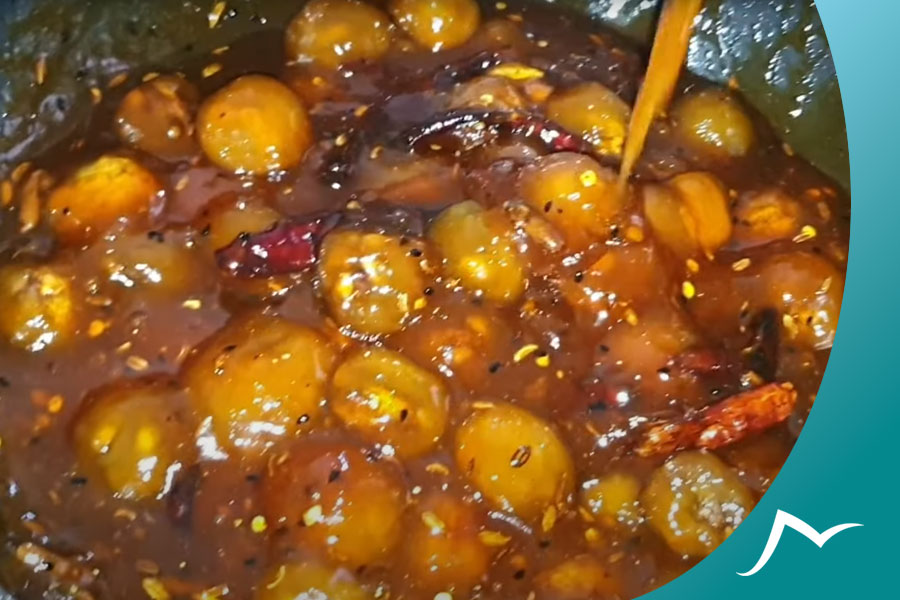
Serving Suggestions
Lapsi pickle is a great accompaniment to various Nepali dishes, such as dal bhat (rice and lentil soup), chow mein (stir-fried noodles), and aloo tama (potato and bamboo shoot curry). Enjoy it as a spicy snack with plain rice or bread.
Making your own Lapsi pickle at home is not only delicious but also allows you to enjoy the unique taste and flavor of this traditional Nepali condiment.
FAQs
What does Lapsi Fruit taste like?
Lapsi Fruit has a unique tangy-sweet taste, similar to a combination of apricots and lemons.
How is Lapsi Fruit used in Nepali cuisine?
Lapsi Fruit is commonly used to make pickles, chutney, made (sweet balls), and candy in Nepali cuisine. It is also used in traditional medicine.
What are the health benefits of Lapsi Fruit?
Lapsi Fruit has antioxidant and anti-inflammatory properties, and it has the potential to help prevent cancer. It is also a good source of vitamins and minerals.
Can Lapsi Fruit be grown outside of Nepal?
Lapsi Fruit is native to the Himalayan region and can be grown in other countries with similar climates.
Where can I buy Lapsi Fruit outside of Nepal?
Lapsi Fruit is available in some Nepali and South Asian grocery stores in other countries and online.
How long do Lapsi Pickle and Lapsi Mada last?
Lapsi Pickle and Lapsi Mada can last several months if stored in a cool, dry place.
Can I substitute Lapsi Fruit with another ingredient in the recipes?
Substituting Lapsi Fruit might be difficult due to its unique taste, but recipes with tamarind or unripe mango may work..
What is the best time of year for harvesting Lapsi Fruit?
Lapsi Fruit is typically dried in the sun and then pickled or made into candy or made.
Conclusion
In conclusion, Nepali Hog Plum, also known as Lapsi Fruit, is a unique and delicious fruit with significant cultural and medicinal value in Nepal. It is rich in antioxidants and anti-inflammatory properties, making it an excellent addition to a healthy diet.
Specific techniques like grafting and sun-drying are required for cultivating and processing Lapsi Fruit. These techniques are traditionally passed down through generations.. Despite the challenges facing Lapsi Fruit cultivation and trade in Nepal, such as climate change and limited market access, there is a growing demand for it in international markets due to its unique taste and health benefits.
In Nepali cuisine, Lapsi Fruit is a versatile ingredient in pickles, desserts, and savory dishes. Lapsi Pickle and Lapsi Mada are popular Nepali dishes that are easy to make at home with simple ingredients.
Overall, Lapsi Fruit is a cherished part of Nepali culture and holds great potential for the future. Its unique taste, health benefits, and cultural significance make it a valuable addition to the world of fruit and cuisine.
